Acquire Knowledge! Talk to Us.
The GET Advantage: Your Path from Learning to Earning:
- Build in-demand technical and soft skills, validated by industry-recognised certifications.
- Apply learning through real-world projects, case studies, and assignments that make you job-ready.
- Learn what employers want, align your skills with trends, and move towards higher-paying opportunities.
- Continuous mentorship, career coaching, and peer community to guide you beyond the course.
Course Overview
The CEH course by EC-Council equips learners with the mindset and tools to identify and address security vulnerabilities ethically. The curriculum blends theory with hands-on labs that simulate real-world cyberattacks, covering areas like reconnaissance, network scanning, enumeration, vulnerability assessment, malware analysis, penetration testing, social engineering, and advanced defense strategies. By the end, learners will have both the technical knowledge and practical skills to detect, prevent, and mitigate cyber threats while adhering to legal and ethical frameworks.
Relevant Industries
Cybersecurity, IT Services, Banking & Financial Services, Government & Defense, Telecom, Healthcare, E-commerce, Cloud Providers, Critical Infrastructure Operators















Overview of Technology
The course emphasizes real-world use of cybersecurity tools and frameworks such as Nmap, Nessus, OpenVAS, Metasploit, Wireshark, Burp Suite, and password-cracking utilities. It also includes exposure to AI-driven techniques for modern threat detection, secure coding practices, and defenses against advanced threats targeting cloud, IoT, mobile, and enterprise systems.
Why choose Acquledge for Cybersecurity courses?
Live Training Sessions
Flexible Schedules
Hands-on Experience
Vast Resource Library
Extensive Support
Enrollment Process
- Sign up on the platform and choose your preferred batch.
- Start your classes on the scheduled date .
- Get access to learning materials and project dashboards.
- Begin your training journey with expert-led sessions.
- Apply your learning through real-world case studies and projects.

Detailed Course Curriculum
- Overview of cybersecurity and ethical hacking principles
- Legal and regulatory aspects across Europe including GDPR and EU Cybersecurity Act
- Role of an ethical hacker and professional ethics
- Hacker lifecycle and attack phases
- Learning Outcome: Understand legal frameworks and ethical responsibilities in cybersecurity practice
- Techniques for gathering information about target systems and organizations
- Open-source intelligence (OSINT) tools and methods
- Social engineering reconnaissance techniques
- Learning Outcome: Perform effective and lawful intelligence gathering to identify system footprinting data
- Network scanning techniques: ping sweeps, port scanning, and service detection
- Identifying live hosts and open ports
- Tools like Nmap, Angry IP Scanner
- Learning Outcome: Discover network architecture vulnerabilities through scanning
- Extracting detailed system information such as usernames, network shares, and services
- Common enumeration protocols (SNMP, LDAP, NetBIOS)
- Learning Outcome: Gain system-level insights for vulnerability analysis
- Vulnerability scanning tools and frameworks (Nessus, OpenVAS)
- Assessing network, software, and hardware vulnerabilities
- Prioritizing remediation based on risk
- Learning Outcome: Analyze vulnerability data and formulate mitigation strategies
- Gaining unauthorized system access techniques
- Password cracking methods and privilege escalation
- Maintaining access and clearing logs
- Learning Outcome: Understand attack vectors and implement preventive controls
- Types: viruses, worms, Trojans, ransomware
- Malware analysis fundamentals
- Anti-malware techniques and sandboxing
- Learning Outcome: Detect, analyze, and mitigate malware risks
- Psychological manipulation techniques
- Phishing, pretexting, baiting, and tailgating
- Social engineering penetration testing
- Learning Outcome: Understand human factor vulnerabilities and countermeasures
- Types of DoS and Distributed DoS (DDoS) attacks
- Botnets and attack vectors
- Defense mechanisms and mitigation strategies
- Learning Outcome: Recognize DoS threats and design resilient systems
- Techniques to intercept and take over active sessions
- Countermeasures and secure session management
- Learning Outcome: Prevent unauthorized session access and data breaches
- Intrusion detection and prevention systems (IDS/IPS) evasion techniques
- Techniques to bypass firewalls and honeypots
- Learning Outcome: Enhance defensive controls against sophisticated attacks
- Web server vulnerabilities
- Exploiting server configurations and security flaws
- Security hardening best practices
- Learning Outcome: Secure web servers against common attacks
- Web application threats including Cross-Site Scripting (XSS) and cross-site request forgery (CSRF)
- Security misconfigurations and injection flaws
- Secure development lifecycle introduction
- Learning Outcome: Identify and fix web application vulnerabilities
- Techniques and types of SQL Injection attacks
- Detection and prevention techniques
- Learning Outcome: Protect databases from unauthorized query injection
- Wi-Fi standards and security protocols
- Attacks like WPA2 cracking and rogue access points
- Wireless network hardening
- Learning Outcome: Secure wireless environments from common threats
- Mobile OS vulnerabilities and exploits
- Application security and sandboxing on mobile devices
- Learning Outcome: Assess and secure mobile device risks
- Vulnerabilities in Internet of Things (IoT) devices and Operational Technology (OT) systems
- Threats specific to industrial control systems
- Security frameworks applicable in Europe
- Learning Outcome: Protect emerging technologies and critical infrastructure
- Cloud service models and associated risks
- Security controls for cloud infrastructure
- Cloud compliance and data privacy in EU context
- Learning Outcome: Implement secure cloud strategies adhering to EU regulations
- Fundamentals of encryption, hashing, and digital signatures
- Public key infrastructure (PKI) and certificate management
- Cryptanalysis basics and cryptographic best practices
- Learning Outcome: Apply cryptographic techniques for data confidentiality and integrity
Similar Courses
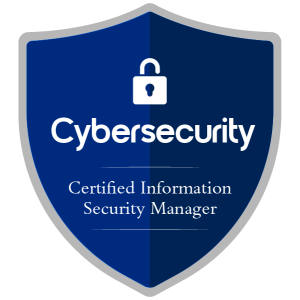
Certified Information Security Manager (CISM)
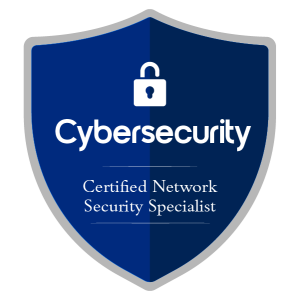
Certified Network Security Specialist
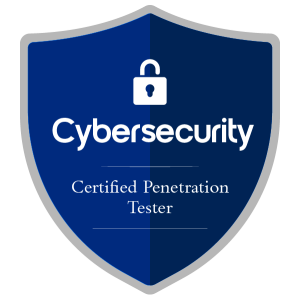
Certified Penetration Tester
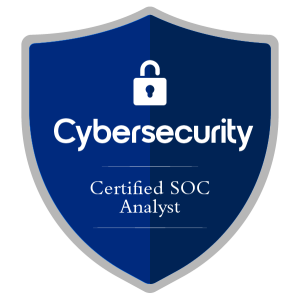
Certified SOC Analyst (CSA)
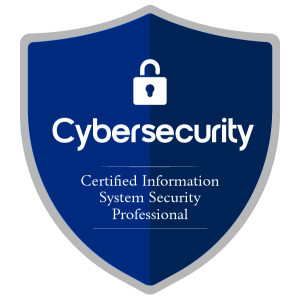
CISSP (Certified Information Systems Security Professional)
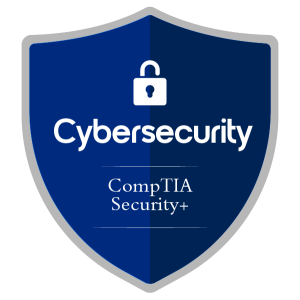
CompTIA Security+
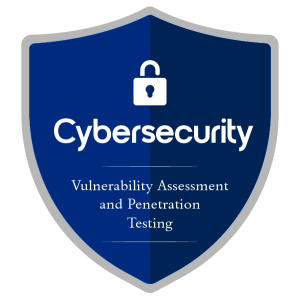
Vulnerability Assessment and Penetration Testing (VAPT)
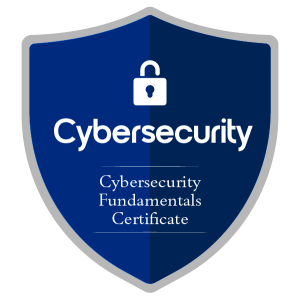
Cybersecurity Fundamentals Certificate
Got Questions ? We've got Answers
Acquledge offers a range of online courses including certification programs, knowledge development, and professional upskilling across technology, business, finance, language, and more.
We provide both self-paced learning modules and instructor-led live online classes. Choose according to your schedule and learning preferences.
Yes, our courses are certified and recognized by relevant industry bodies and partners to ensure quality and global acceptance.
Every participant who successfully completes the course and meets assessment criteria receives a certificate that can boost your professional credibility.
Yes, our programs include job placement assistance, resume building, interview preparation, and career counseling to help you transition into new roles.
Fill the form :
Get in touch with us!
Fill in your details and book a demo. Talk to an expert and choose wisely.
For immediate assistance with course-related or technical questions, chat with us.
